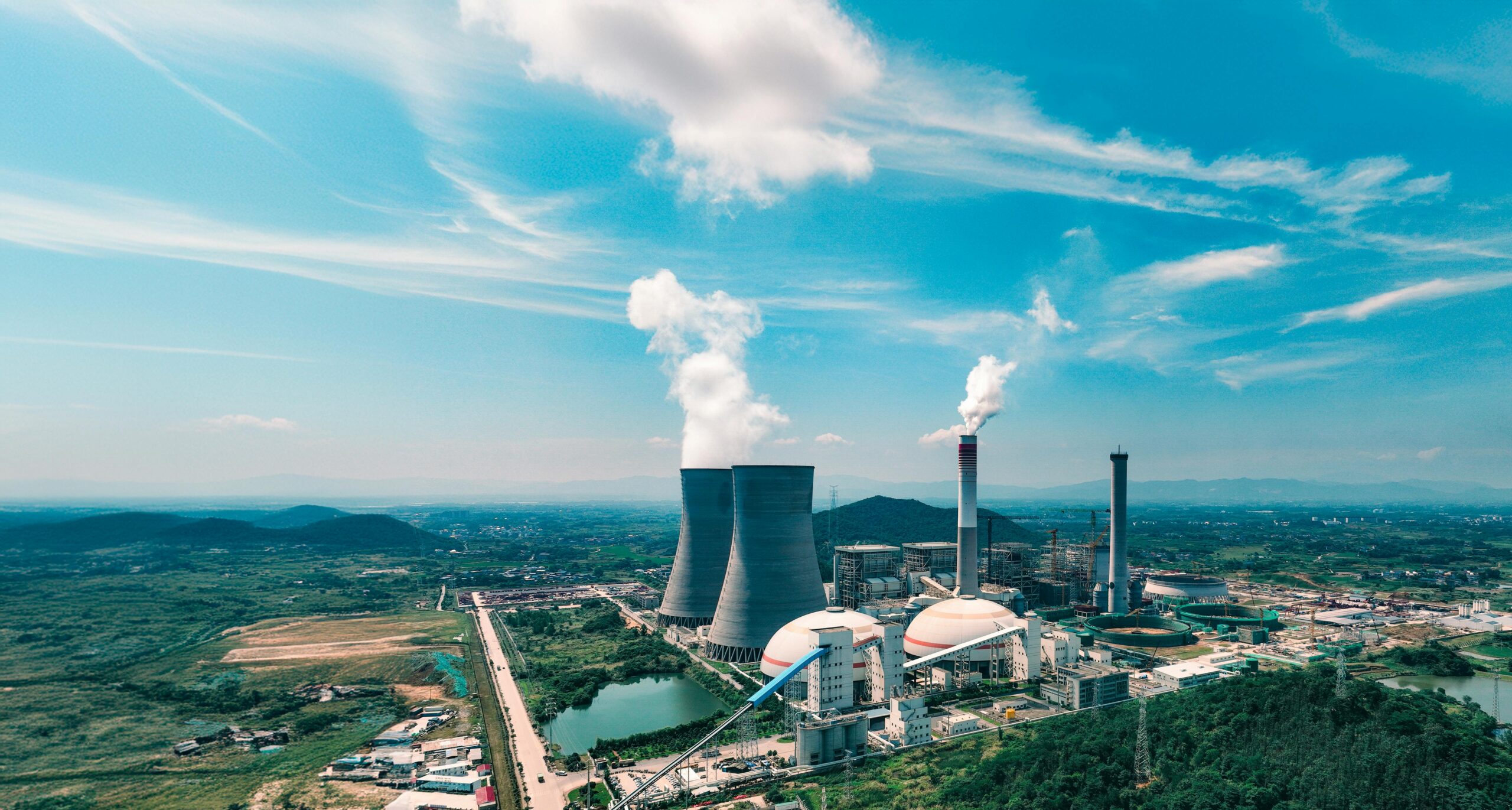The global investment trend in renewable energy, particularly in nuclear power plant development, continues to rise year after year.
In response, the Indonesian Chamber of Commerce and Industry (KADIN) and the government are seizing this opportunity by aggressively promoting industrial decarbonization through infrastructure strengthening and attracting investments in renewable energy.
Aryo Djojohadikusumo, Vice Chairman for Energy and Mineral Resources at KADIN Indonesia, commended the government’s initiative in prioritizing renewable energy as a key investment sector.
“The President has repeatedly emphasized the importance of renewable and green energy. He specifically mentioned the allocation of fresh funding for this sector,” Aryo stated on Monday (March 3), as quoted by dunia-energi.com.
During the closing ceremony of the 6th Democratic Party Congress at The Ritz-Carlton Jakarta on Tuesday (February 25, 2025), President Prabowo Subianto highlighted nuclear energy as one of the cleanest renewable energy sources.
He noted that nuclear power can be utilized across various sectors, including healthcare, agricultural seed development, and as a sustainable energy source.
Aryo further explained that a significant portion of funding is expected to be directed toward green and renewable energy sectors, as well as industries crucial for the development of green energy, such as mineral resources. This initiative aligns with KADIN’s 2024-2029 work plan, which focuses on renewable energy and energy conservation.
Rising Nuclear Investments Globally
According to data from KADIN Indonesia’s Energy and Mineral Resources Division, based on a January 2025 report from the International Energy Agency (IEA), nuclear investment is projected to grow annually under three global energy outlook scenarios:
- Stated Policies Scenario (STEPS) – Under this conservative scenario, global nuclear investment is expected to rise from the current US$65 billion per year to US$70 billion by 2030. Nuclear reactor capacity will increase by over 50%, reaching nearly 650 gigawatts (GW) by 2050.
- Announced Pledges Scenario (APS) – With strong government support and timely energy and climate policies, nuclear investment could reach US$120 billion per year by 2030, with capacity more than doubling by 2050.
- Net Zero Emissions Scenario – This scenario envisions nuclear investment at US$150 billion annually by 2030, with installed nuclear capacity reaching 1,000 GW by 2050.
As of 2023, over 410 nuclear reactors were operational across 30 countries, supplying 9% of global electricity. This number is projected to rise to 420 reactors by 2025. Many developing nations are actively investing in nuclear power as an alternative energy source, with most projects utilizing Chinese and Russian technology.
Nuclear Energy: A Low-Emission Power Source
Nuclear energy is the second-lowest emission power source after hydropower, producing 20% more electricity than wind and 70% more than solar panels. Additionally, nuclear power plants (NPPs) can provide industrial heat and desalinate seawater into clean drinking water.
Since 1971, nuclear energy has prevented the release of approximately 72 gigatons of carbon dioxide emissions from coal, natural gas, and oil power plants, significantly enhancing energy security in several countries.
Positive Investor Interest in Renewable Energy
Aryo emphasized that KADIN has prioritized the “Green Indonesia” initiative for 2025, aiming to promote investments in renewable energy projects. This effort involves attracting investors and urging the government to provide investment incentives for those interested in the sector.
According to sindonews.com, three major countries— the United States (US), Russia, and China—have submitted proposals for nuclear power plant development in Indonesia.
“All three countries are collaborating with KADIN members, as they are our foreign partners involved in these discussions,” Aryo stated.
- The US is represented by Westinghouse Electric Corporation, a leading electrical equipment manufacturer.
- China is represented by China National Nuclear Corporation (CNNC), a state-owned enterprise specializing in nuclear energy.
- Russia is represented by Rosatom State Atomic Energy Corporation (Rosatom).
Currently, these proposals remain in the negotiation phase with the Indonesian government to secure the best possible agreement for the country.
Source: dunia-energi.com, sindonews.com
Photo Credit: jason hu via pexels.com


